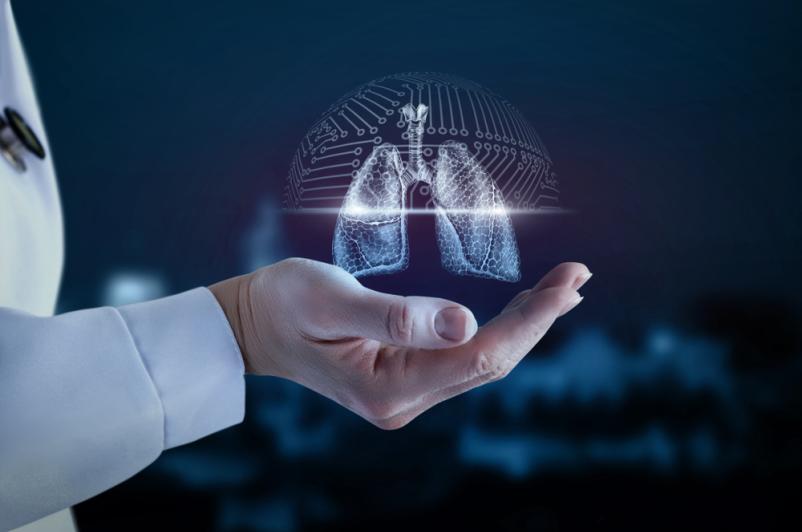
About 40 million American adults smoke, and, according to the American Lung Association, lung cancer is the number-one cause of cancer deaths among American men and women.
November is Lung Cancer Awareness Month, the optimal time to learn who needs lung cancer screenings, and how often.
The only recommended screening for lung cancer is a low-dose CT scan, which creates images of your lungs to be examined by a radiologist for abnormalities. This screening is for adults at high risk of lung cancer who currently have no symptoms. The Centers for Disease Control and Prevention (CDC) suggests asking your primary care provider about a lung cancer screening if you have a 20 pack-year smoking history (a pack year is the equivalent of smoking one pack of cigarettes per day for one year, or two packs a day for six months, etc.), if you are a current smoker or quit in the last 15 years, and are between age 50 and 80.
The CDC recommends ending annual lung cancer screenings when you turn 81, haven’t smoked in 15 years or more, or have other health conditions that would make surgery ill-advised if lung cancer were discovered. A physician referral is required for a low-dose CT scan; Medicare and most commercial insurances cover it but be sure to check before your scan. Also, it’s useful to remember that not all lung cancers are diagnosed in smokers -- according to the CDC, 10 to 20% of lung cancer patients have never smoked, or smoked fewer than 100 cigarettes in their lifetime.
If the low-dose CT scan shows any potentially-cancerous nodules, UHS cardiothoracic surgeon M. Farhan Nadeem, MD, has extensive training and experience in managing cancerous lung nodules using minimally-invasive robotic lung surgery. He explained, “We use the robot to isolate any lung nodules, sample them to test for cancer, and then remove them if they’re cancerous.” Benefits of minimally invasive lung surgery include increased diagnostic accuracy through better lymph node sampling, more reliable determination of the cancer’s severity (called staging), a hospital stay reduced to just a day or two, and helping patients avoid the weeks-long recovery associated with open surgery. Added Dr. Nadeem, “The incisions made by the robot are much smaller and lower on the chest compared to the traditional procedure, causing less pain and fewer complications.”
Said UHS Cardiac Services Director Bridget Metzler, “If you fall into any of the recommended groups, be sure to ask your primary care provider about a lung cancer screening. The earlier we can treat it, the better. Patients’ survival rates are much higher when their cancer is detected earlier.” UHS offers an online form you can fill out to request a lung cancer screening. Click here for the lung cancer screening form.
Tobacco use is the single largest preventable cause of disease and premature death in the US. Even if you’ve smoked for years, stopping can reduce your lung cancer risk, but the addictive properties of nicotine -- the naturally occurring drug in tobacco -- can make it difficult. Most people make several attempts before succeeding. If you’re ready to quit, call the New York State Smoker’s Quitline at 1-866-NYQUITS, or visit www.nysmokefree.com. You can also mark your calendar for the third Thursday of November, when the American Cancer Society’s Great American Smokeout challenges smokers to stop that day or make a plan to quit.
For more information about or lung cancer screening or treatment at UHS, visit nyuhs.org/care-treatment/cancer.


